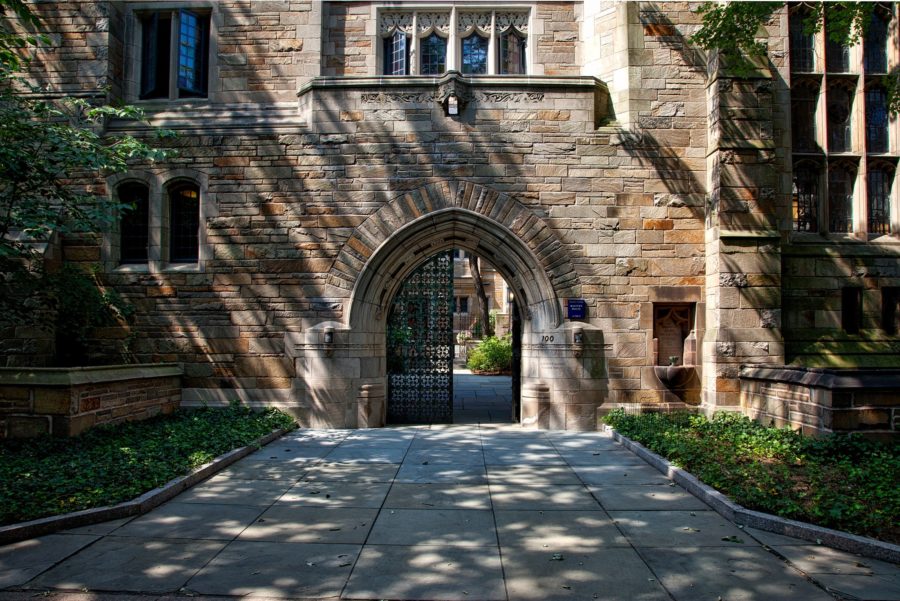Modeling the Spread of COVID-19 on Campuses: A Working Paper’s Insight
By Emily Kim
In early June, Swarthmore College professor Jennifer Peck and University of Pennsylvania professor Philip Gressman wrote a working paper modeling how COVID-19 spreads on college campuses. They simulated a university environment with 20,000 students and 2,500 instructors interacting with each other for a 100 day period. The median class size was 24 students, and all classes with more than 30 people were conducted online. Smaller classes were moved into larger classrooms to promote social distancing. The simulated university also encouraged the wearing of face masks, conducted daily randomized testing for 3% of the population, and implemented contact tracing measures.
Researchers gained some valuable insight. They found that if college campuses do not take any preventive measures, all susceptible individuals will likely contract COVID-19 by the end of the semester. Infection rates will likely peak 20-40 days after people return to campus. However, their study also showed that basic intervention measures (randomized testing, contact tracing, moving large classes online and mask-wearing), kept cumulative infections under 66 people in more than 95% of their simulations, with a median peak of 150 people quarantined.
Researchers also found that conducting large classes (more than 30 people) online was highly effective in curbing the number of infections. The median number of infections increased drastically from 43 to 538 when these classes gathered for in-person instruction. Mask-wearing was the next most significant intervention method, with infection numbers increasing to 131 when people chose not to cover their face. Less telling measures included randomized testing, contact tracing, and moving smaller classes into larger spaces. The absence of these three things increased the median number of infections by no more than seven.
There were also some interesting findings with regards to the effect of false positives (FPRs) and false negatives (FNRs) on the number of quarantined individuals. Researchers in the study established a “high accuracy” testing method with a FPR of 10-6 and a FNR of 6%. Using this testing method, researchers discovered a significant decline in the median number of unique quarantined cases—from 602 with basic intervention measures to 178 with this method. They discovered that large FNRs can cause the quarantine size to decline considerably, and by the same token, large FPRs can cause these numbers to skyrocket. Separately from their “high accuracy” testing method, researchers found that a FRP of 2% can increase the median peak number of quarantined cases from 150 (with basic intervention measures) to 1,443.
Finally, this study reinforced the importance of social distancing. Researchers studied how academic, residential, and broad social contacts influence cumulative infections and peak quarantine size. The most significant discovery was that coming into close contact with 15 individuals in a broad social setting can increase the peak quarantine size from 150 to more than 2500, and cumulative total infections from the 60s to more than 400.
Now, how do colleges, students, and faculty use this information as the fall approaches? First and foremost, one can learn that effective testing methods are absolutely crucial. Tests with high sensitivity could determine whether or not thousands of students will have to self-quarantine.
Secondly, there seems to be intervention methods that work better than others. In addition to randomized testing and contact tracing, conducting large classes online and simply donning masks could make a substantial difference in the wellbeing of a campus community.
And lastly, even though some students and faculty will return to campus in the fall, it is imperative to understand that campus life will look very different. Everyone on campus must do their part and practice proper social distancing (straying away from large gatherings, being in close contact with cohorts only) whenever possible. Although we may be sitting six feet apart in our classrooms, donning masks, and navigating through a semester unlike any other, we are all in this together.






